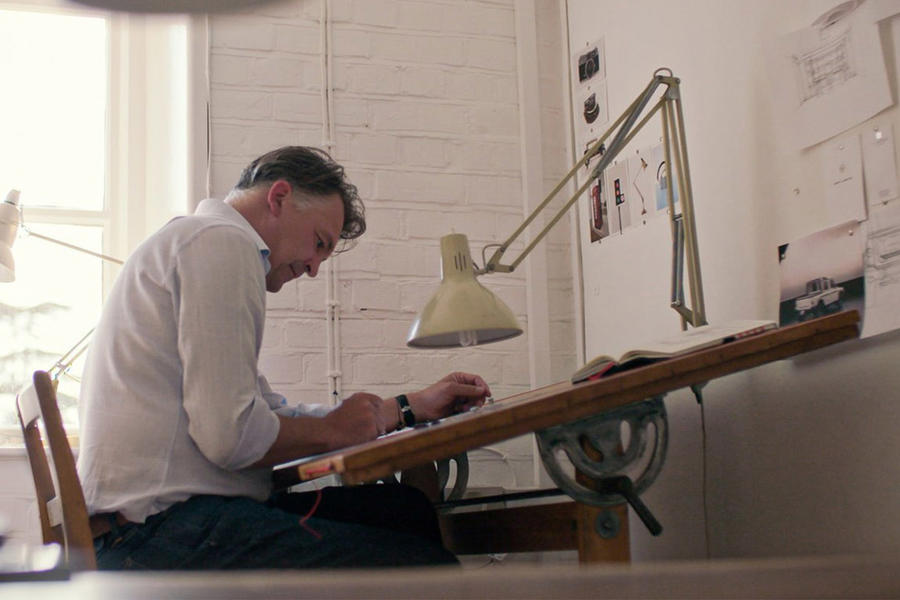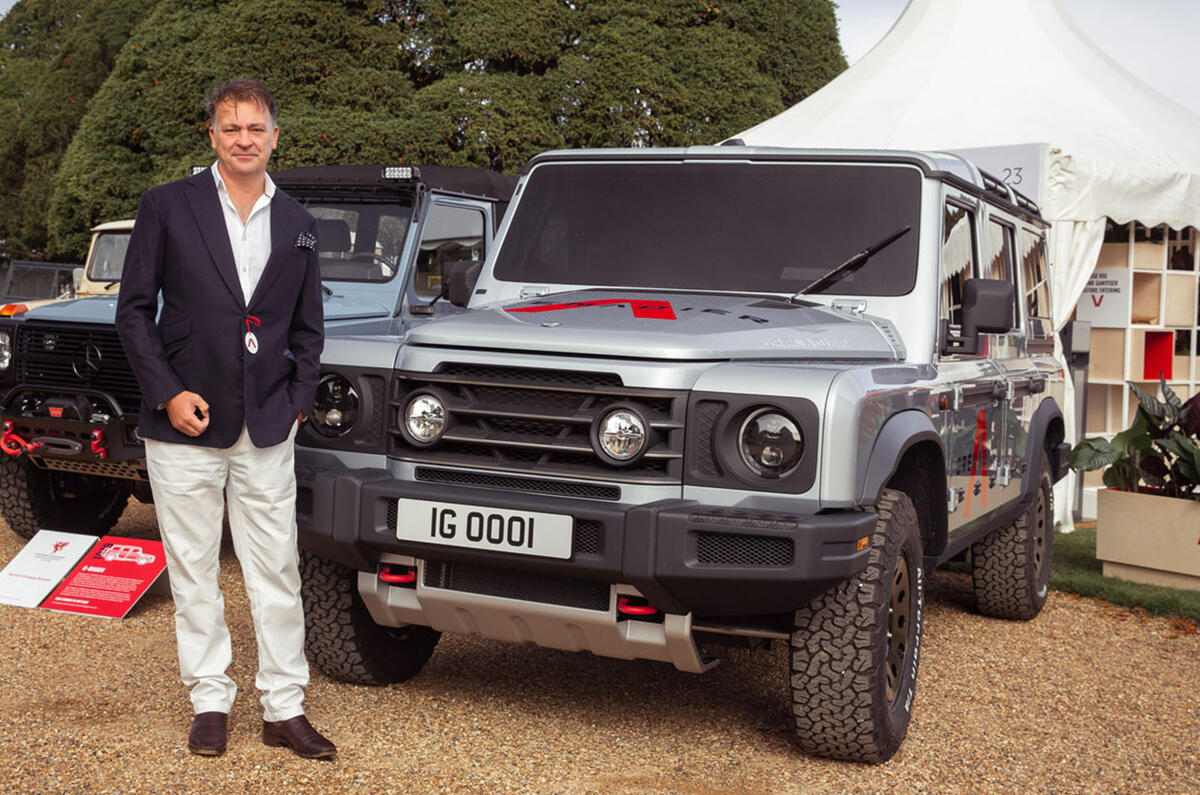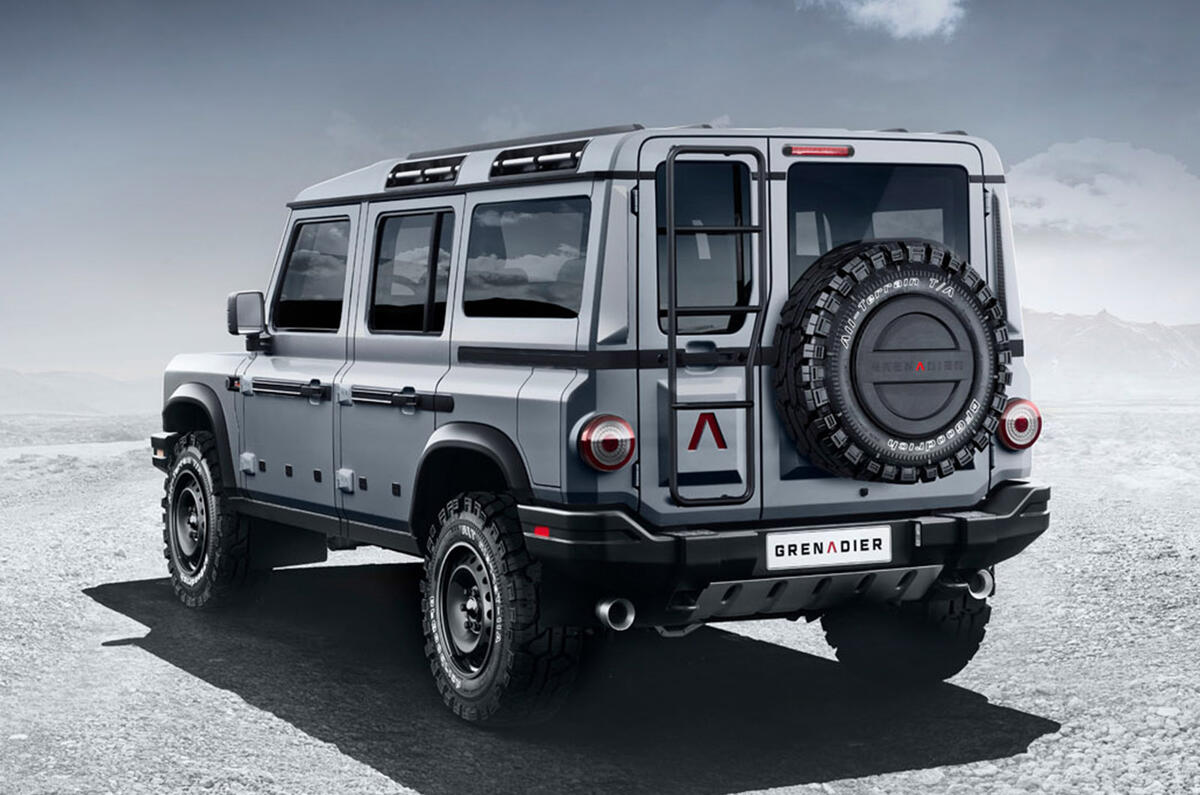Toby Ecuyer, designer of the new Ineos Grenadier 4x4, is famous in the design world but entirely new to the automotive sphere. Although he insists he has felt and understood the intrinsic appeal of cars from childhood, he didn’t learn to drive until he was 30, trained at university as an architect and has spent most of the past 20 years designing some of the world’s finest superyachts.
The Grenadier is his first-ever automotive design project, remarkable given the vehicle’s instant prominence in the car world as the replacement – in spirit at least – for a 70-year-old off-roading icon. It’s a bit like Ferrari choosing a distinguished furniture designer to shape its Enzo replacement.
For the Grenadier’s billionaire backer, Sir Jim Ratcliffe, this is a debut automotive project, too, although it is already clear that the Ineos automotive company he and Ecuyer (plus a likeminded German- and Austrian-based engineering team) are busy creating will eventually offer a range of models, not one. Having initially planned to build cars at plants in Portugal and Wales, they now intend to acquire from Daimler the ready-made, ex-Smart Hambach plant in western France.
The genesis of the Grenadier, a ruggedly simple off-road SUV, is already well known. It was inspired by the 2016 demise of Land Rover’s original Defender and especially by the reluctance of Ratcliffe, a Defender lover as well as founder-owner of the mighty Ineos petrochemicals group, to accept the situation. Rebuffed when he tried to buy the original Defender design to continue production, Ratcliffe set out to build his own 4x4, naming it after a favourite pub in London’s Belgravia. The first Grenadier model was recently revealed, winning approval from a previously sceptical ‘old Landie’ community. Ecuyer was introduced to the automotive world and Autocar took up an exclusive opportunity to meet him.






























Join the debate
Add your comment
Speaking generally, I can only feel contempt for a "designer", when they plagiarise the original designs of another company, yet claim credit for themselves.
An utterly pointless car
Where is the market for these to justify the entry costs - whole new team, factory, tooling, etc?
It's like the new Defender - an answer to a question not enough people have asked. The Defender will just canibilise sales from the rest of the LR/RR range, will it really take sales from other tough off roaders? This will be a very expensive vanity project, and completely in the wrong direction for a modern car - heavy, inefficient, polluting, etc.
There's a market for work horses I'm sure, but why would anyone buy an unknown brand that offers nothing new?
They're clever people, so I'm sure I'm missing something. Oh, and yes it looks like a Land Rover - a lot.
Meanwhile in other news
would there really be so much hatred for the project if the owner voted remain?
Citytiger wrote:
I couldn't care less who voted remain or who voted leave. It is quite clear why there is so much hatred for this car - simply because it is an almost exact copy of the Land Rover Defender.
I voted Leave, but I have absolutely no issue with anybody who voted Remain. Except, perhaps, that utter turd Alastair Campbell, but that is another matter!